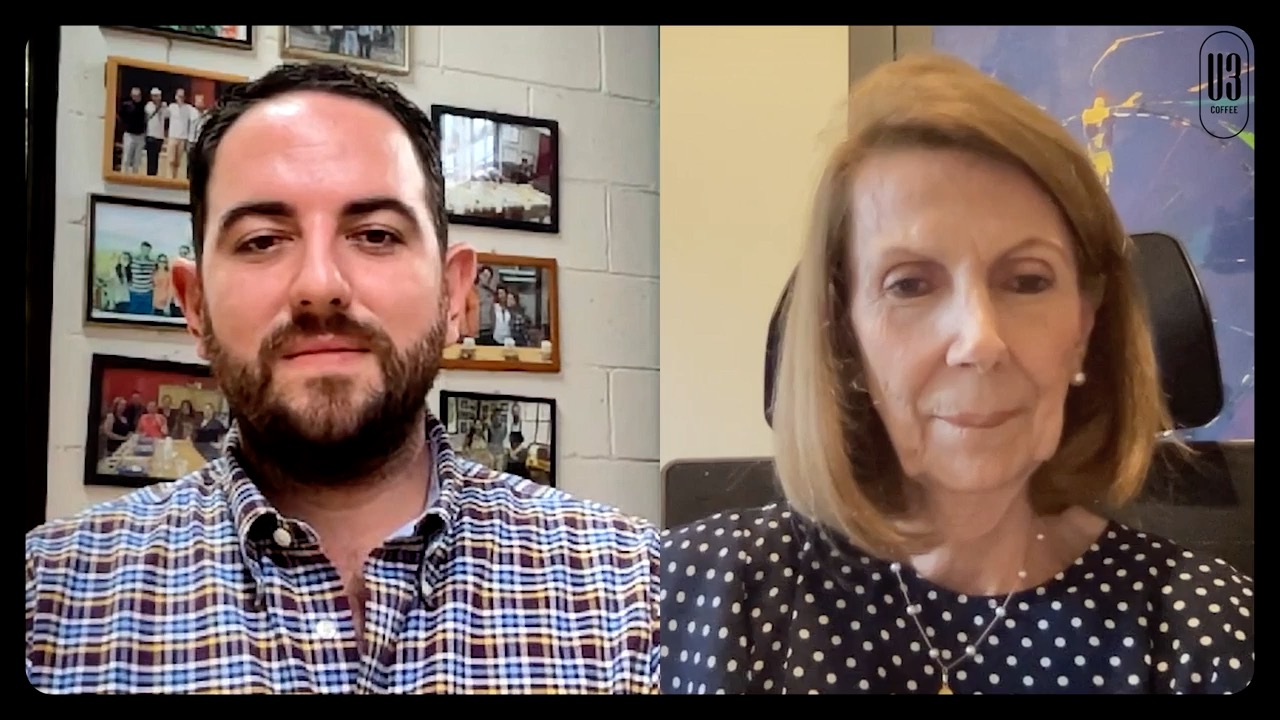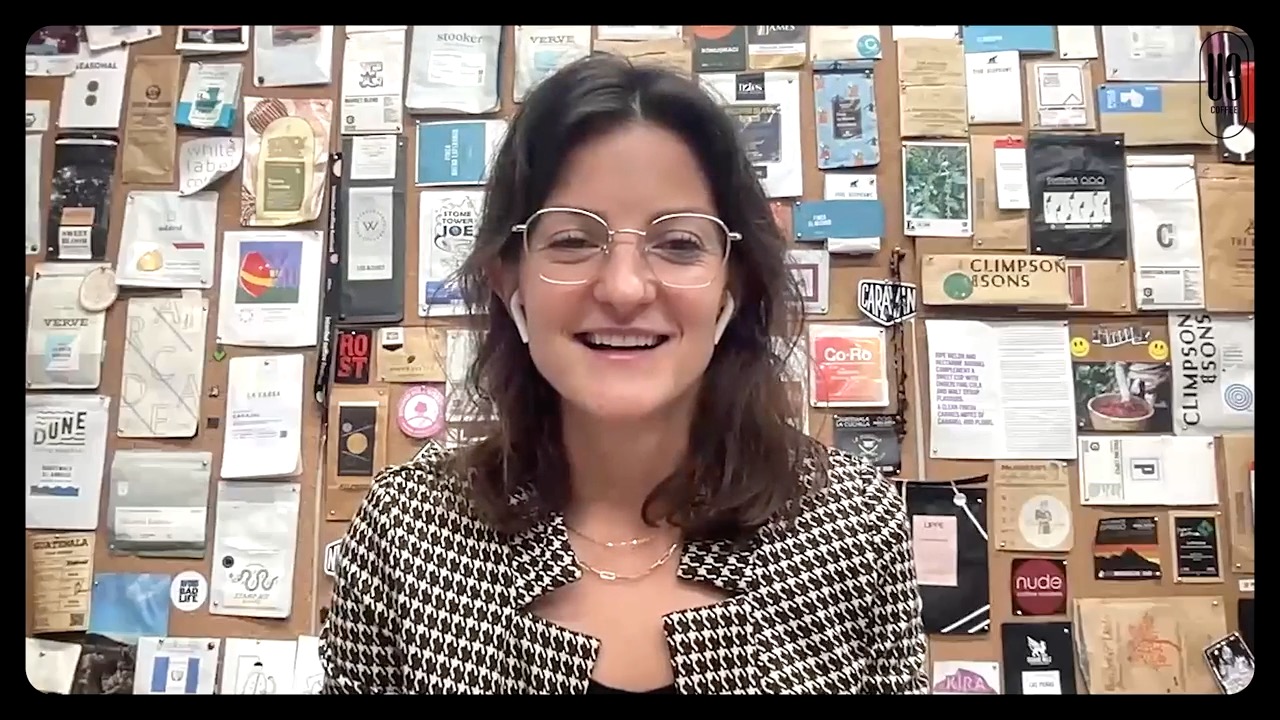Takeaways
1
Community and mentorship are the lifeblood of the roasting industry, nurturing tradition while igniting innovation.
2
Coffee fosters human connections, providing reasons to come together, discuss, debate, and learn.
3
The industry’s most remarkable success stories have blossomed from the synergy that comes from listening to consumers and focusing on creating products that will bring them joy.
Jim Brady
Roaster, Starbucks
Expertise: roasting, education and mentorship
Coffee insight: The technology of roasting has advanced significantly, but the fundamentals have remained the same for more than a century.
Fun fact: Equipment should never be a limiting factor in great coffee—Jim started out roasting in an air popper.

Jim’s Coffee Origin Story
Jim’s love for coffee grew from his early years as a session musician in New Jersey, where the blue laws meant that after gigs, he and his fellow musicians would gather at one of the few businesses open late—coffee shops. He developed a love and passion for coffee and saw that coffee was a way to connect community, and that coffee shops were incredible venues for sharing ideas and fostering creativity.
Eventually he opened his own café, taking over a business that had burned bridges with many local roasteries. He realized that in order to ensure he had consistently great coffee to serve customers, he needed to roast his own coffees. “I wanted that consistency,” he explains. “I wanted to be the thing that people counted on.”
Jim’s Current Role
Today Jim is a roaster for Starbucks, where he’s proud to work with a team of incredible roasters who are focused on delivering the best possible product for consumers on an incredible scale. “When I walk into a store and I pick up a bag and I see where it’s from, I know the quality that went into that,” he says, “and it’s exactly the same thing as when I was roasting on a seven kilo machine.”
What Fuels Jim’s Work
In the circle of professional roasters, according to Jim, community, and especially mentorship, fuel innovation and keep age-old practices alive. The long tradition of shared knowledge creates a unique sense of fellowship.
In fact, some of Jim’s prized possessions include a first-edition copy of All About Coffee, written by William H. Ukers in 1922, and a collection of antique cupping spoons. Those connections to history remind Jim that he’s a torchbearer of these traditions, something he honors when he teaches.
“I try and make sure that people understand that none of this is me,” he says. “This is stuff that I was able to experience and learn because other people were kind enough to show me things.”
What Jim Wants Coffee Drinkers to Know
From Jim’s perspective, “Our commodity has one purpose, and that is to provide pleasure to the customer. The whole reason we do this is to make people happy.” He says that many of the innovations in the industry come from listening to customers and trying to find ways to deliver what their customers like.
How Jim Cultivates Community through Coffee
Jim says his early experiences showed him that coffee cultivated human connection; coffee pulls different people, with various perspectives, together at the same table.
At your local coffee spot, Jim explains, “You find your convictions. You find what you believe in. And the only way you can really believe is you hear opposing points of view articulated in a respectful manner, and you talk about it. You debate, and you kind of have banter back and forth. And that’s what leads to creativity. And coffee is creativity. It is an art.”
Where to find him
Related posts
- May 2024 Carmen and Rafael Silva are part of a six-generation legacy of coffee farming in El Salvador. They share how Sicafe Coffee blends tradition with innovation to create a sustainable coffee business—one that’s won the Cup of Excellence nine times!
- Apr 2024 Nadine grew up spending weekends on her family’s coffee farm in Guatemala, convinced she would never want to work in coffee. After pursuing a career in finance, she recognized that the people who shaped the coffee market were completely disconnected from coffee production. So she founded her own importing company to help ensure that small-holder coffee producers were empowered and supported.


